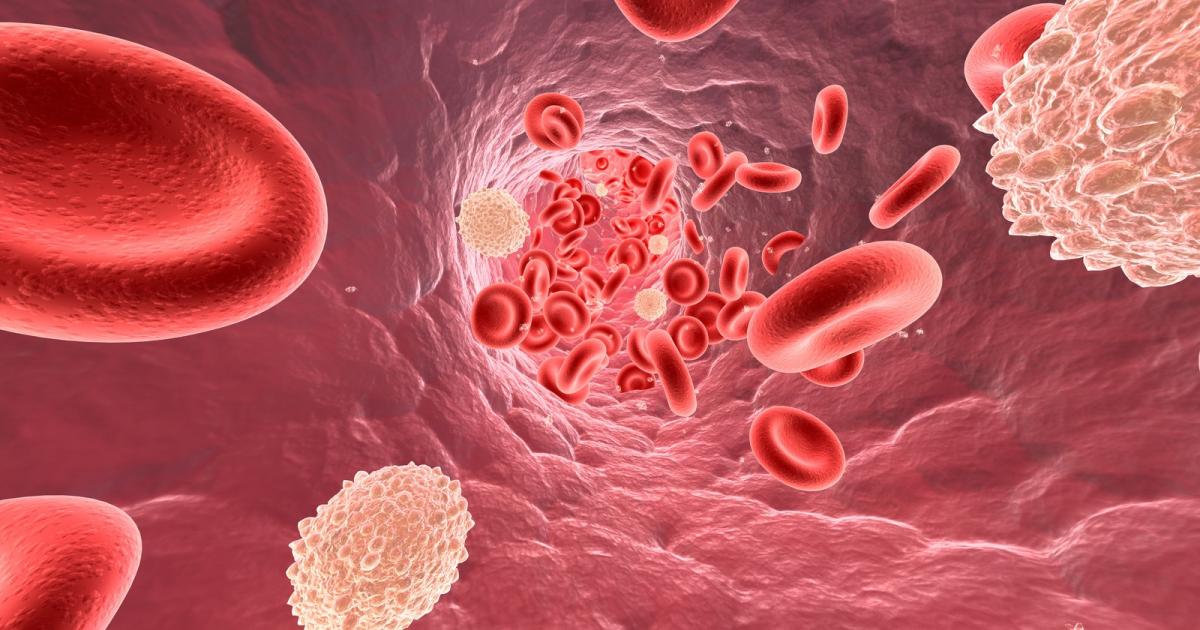What Are The Major Types Of Heart Disease?
Coronary Artery Disease

Coronary artery disease is a form of heart disease where a patient's coronary arteries become narrowed or blocked over time. The most prevalent cause of coronary artery disease is a condition referred to as atherosclerosis, which occurs when the inner walls of an individual's arteries become hard and narrow from the buildup of plaque, a substance made of cholesterol and fatty deposits. When this plaque buildup occurs in one or both of the individual's coronary arteries that supply the muscle tissues of the heart with blood and oxygen, it is referred to as coronary artery disease. This type of narrowing can cause the tissues in the heart to become damaged when they do not receive enough blood and oxygen. Signs of coronary artery disease can be difficult to distinguish from other heart conditions. Acute issues that tend occur more often in patients who have coronary artery disease include stable angina, silent ischemia, development of collateral circulation, unstable angina, ST-segment elevation myocardial infarction, and non-ST segment elevation myocardial infarction. Electrocardiogram, echocardiogram, exercise stress test, chest x-ray, coronary angiogram, and cardiac catheterization are used to diagnose coronary artery disease.
Discover additional types of heart disease now.